Utilization and Effect of Traditional Birth Attendants among the Pregnant Women in Kahoora Division Hoima District
Aruho Joab
Faculty of Clinical Medicine and Dentistry Kampala International University Western Campus Uganda
ABSTRACT
The study conducted in the Kahoora division of Hoima district in western Uganda examined the utilization and effect of Traditional Birth Attendants (TBAs) among pregnant women. The study included traditional birth attendants, pregnant women, and mothers, who consented. Data was collected through a questionnaire, with the researcher’s assistance. The majority of mothers were Banyoro, with the commonest age group being 30-35 years. The majority were married and had a primary education level. The distance to health centers was mainly 5-10) kilometers, with major costs ranging from 3001-5000 Uganda shillings. 67.3% of mothers visited TBAs twice, and 63.3% received no complications. The main reasons for choosing TBAs were cost-effectiveness and distance. 53.1% of mothers learned about TBAs from relatives and friends, but 83.7% had used them but didn’t recommend others. The most common complications seen by TBAs were bleeding after birth and stillbirth, with 26.5% and 14.3% respectively. 57.1% of TBAs didn’t know the prevention of child transmission of HIV. All TBAs said the government knew about their services, and the commonest challenge was over-bleeding. 53.1% of TBAs said their services were worse compared to midwives’ and doctors’ services. The study concluded that TBAs remain vital in communities, especially in the Kahoora division.
Keywords: Traditional Birth Attendants, Pregnant women, Mothers, Bleeding after birth, Stillbirth.
